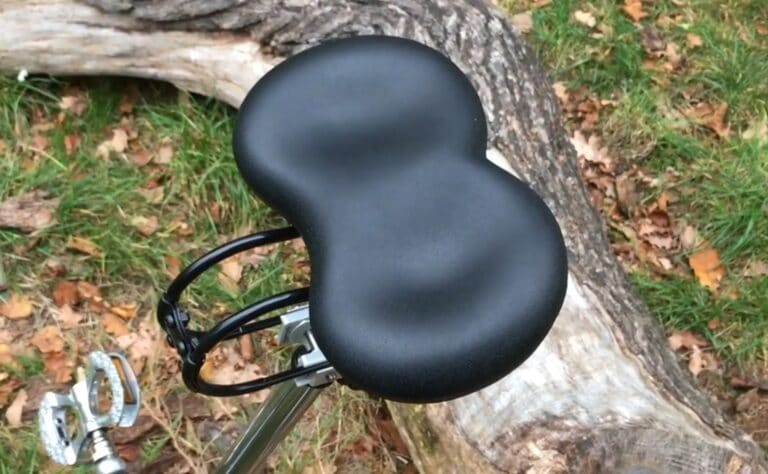How To Make Bicycle Seat More Comfortable?
Do you ever find yourself shifting uncomfortably on your bike seat, wondering why a pleasant ride has to come with the nuisance of a sore bottom? You’re not alone. Many cyclists face this challenge, turning what should be an exhilarating experience into a painful ordeal.
Imagine pedaling away, only to be constantly reminded of the discomfort caused by a hard, poorly designed seat. It’s a common problem that can deter even the most passionate riders. The constant rubbing, pressure, and lack of support can cause not just immediate discomfort but also longer-term health issues.
I’ve been there, and I know it’s frustrating. That’s why I’ve dedicated time to researching and experimenting with various methods to enhance seat comfort. In this article, I’ll share practical, tested tips for making your bicycle seat more comfortable. From selecting the right saddle to fine-tuning your bike’s ergonomics, I’ll guide you through simple yet effective steps to transform your cycling experience. Say goodbye to discomfort and hello to endless, enjoyable rides!
Contents
What Makes Bike Seats So Uncomfortable?
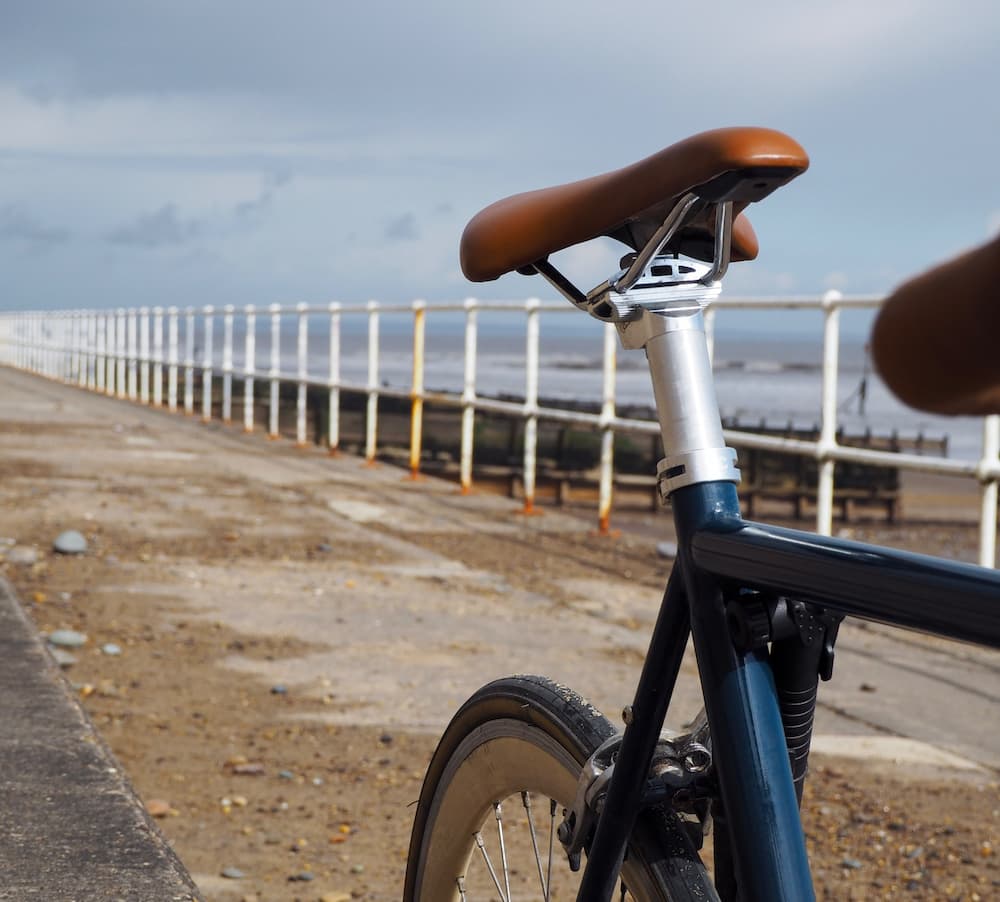
As we have mentioned, your saddle may not be why you are suffering from post-cycling distress. Rather, what makes your bike seat uncomfortable is the positioning of the saddle. The saddle angle and height play a significant role in determining the comfort of your ride.
Besides, a common mistake we have noticed is the wrong choice when it comes to the saddle’s shape itself. Your bike seat might also give you a tough time if you are not sitting on your bicycle correctly.
Other than that, it could also be all about your cycling attire. Think through if your track pants are what you need to ride for hours, even on the smoothest terrains. Improper clothing can cause burns and grazes on the perineum.
Last but not least, the bike seat itself. A low-quality, poorly shaped saddle will probably do more harm than good. Even if you have the most comfortable bike seat, not choosing the right one or the seat wearing out over time can cause similar problems.
Related reading: Why Does My Bike Seat Keep Tilting?
How to Make a Bicycle Seat More Comfortable
Here are a few ways that you could follow to make your cycling experience more enjoyable and less discomfort.
Invest in a More Comfortable Bike Seat
If you don’t already have the most comfortable, highest quality seat, you’d need to invest in one immediately. One of the most comfortable designs is the noseless seat shape, which allows clearance and air for your inner thighs and hamstrings.
Along with added hip rotation, such designs as the ISM PR 3.0 Noseless Saddle offer a wide rear area for a multiple cycling position. Apart from the design, the best quality saddles will have a wide rear section, along with various foaming pads and a shock-absorbent metal suspension like the Cloud-9 Cruiser Saddle, which is especially suited for larger men or women.
Although a well-padded, streamlined, or noseless bike seat might cost you more dollars than your average saddle platform, such seats last a long time, with some getting better with use. If you are looking for a more affordable option, we suggest you check the Schwinn Comfort Bike Seat.
Related reading: Most Comfortable Bike Seat For Men | Women | Overweight People – Comfort Bicycle Saddle Reviews & Buying Guide
Get a Saddle Padding or Gel Cover
If your bicycle seat does not have one already, getting yourself a padded covering might be wise. These covers come in either gel or foam padding, adding enough cushioning to the inner things.
Although unpopular, expert cyclists claim that thin padding is sometimes more comfortable than fatter padding. Thick gel or foam covers tend to intrude more in the crotch area and can deform more easily, changing the saddle’s shape.
It would be wise to remember that extra padding takes away the seat’s coolness. Due to this, professional riders prefer leather or cotton coverings instead of full-pledged cushions on their seats.
One such gel padding we recommend is the Zacro Gel Bike cover, which is neither too thick nor too thin and provides just the right cushioning for your inner thighs. You can find more information about choosing the right bike seat cushion in our best gel bike cover review & buying guide.
Related reading: Best Gel Bike Seat Cushion & Cover Reviews & Buying Guide
Wear the Right Clothes
One possible explanation for why you’re getting bruised inner thighs might be related to what you wear during your long rides. If you are wondering how to make a bicycle seat comfortable without making any fundamental changes to the bike seat, you may want to purchase cycling shorts with padded inners.
Apart from the sewn padding providing added cushioning, the special fabric used to design cycling shorts ensures that sweat does not stick to your body. Remember, the suitable cycling shorts are tight-fitting and stick to your thighs. This is because loose shorts can cause severe chaffing issues to your inner thighs.
For men cyclists, we recommend you consider investing in products similar to Sponeed shorts, which, like other excellent cycling wear, have elastic closure and breathable and anti-sweat fabric. Women’s cycling wear differs from men’s when it comes to creases and paddings. The fitting around the chest is tighter and narrower around the waist. Louis Garneau women’s shorts tick all the right boxes in terms of comfort and longevity.
Ensure You Have the Right Saddle Type
If you are seated on the wrong saddle, even 5 minutes of touring on your bicycle could give you the worst soreness. To make your bicycle seat more comfortable, make sure you have the right saddle to begin with.
For mountain riders, a comfortable seat would be that with padding and covers, faired along with the shape so that leg movement is easier. As for people who ride for longer distances and stretched hours, like a road racing rider, they would be most comfortable with long and tapered saddle designs.
Cyclists who love bicycle touring are often keen on making their saddles more comfortable and seek to know what kind of saddle would be best for them. Since touring is a crossover between mountain biking and road racing, your saddle has to be elongated in shape with good gel padding.
Related reading: How to wash a gel bike seat cover?
Adjust Your Position
It is important to remember that you are neither supposed to leave your body weight on the saddle altogether nor are you right to sit upright with your back straightened like a stick. Both these positions can cause total body spasms, along with soreness to your perineum.
Distributing your weight properly through your seat is crucial to making your bicycle seat more comfortable without changing anything about the saddle. Disperse your body weight so that some pressure falls on the handlebar, with a quarter of the weight on the bicycle seat.
Additionally, your bottom area must be well-adjusted on the seat itself. If you are leaning way too forward or backward, your buttocks are most likely to be more in the air than on the seat. This also means that you should not sit on the nose of the seat, as it can increase the pressure on the pelvic region and intrude on free blood flow.
Change Saddle Angle, Position, and Height
These adjustments would ultimately depend on your personal preference and comfort. If you have the right saddle and know the proper position, making your seat more comfortable is possible by changing the position of the saddle, handlebar, or even the seat post itself.
Adjust the seat height by positioning your feet on the pedals while pedaling down with one foot. If you feel comfortable with the height in a number of positions, you should fix the saddle height accordingly. You can also maneuver the saddle sideways, along with a few adjustments to the handlebars.
Use Anti-chafing Creams
Consider applying anti-chafing creams to combat the discomfort caused by friction between your inner thighs and the bike seat. Products like Vaseline can create a protective barrier, enhancing comfort during your ride.
Anti-chafing ointments are an excellent choice for post-ride care, especially if you experience skin irritation. They not only soothe but also help in preventing skin burns. Integrating these creams into your cycling routine can make a noticeable difference in your comfort level.
Related reading: What’s the Purpose of the Hole in a Bike Seat?
Frequently Asked Questions
How do I know if my bike seat is the right size?
Finding the right size bike seat is crucial for comfort. A seat that’s too narrow can create pressure points, while one that’s too wide can cause chafing. To determine the right size, measure the distance between your sit bones and choose a saddle that matches this width. Many bike shops offer sit bone measuring tools, and some even have demo saddles you can try.
Can adjusting the angle of my bike seat make it more comfortable?
Absolutely! Yes, adjusting the angle of your bike seat can significantly affect your comfort. A seat that tilts too far forward can cause you to slide forward, putting extra pressure on your arms and hands. If it tilts back too much, it can increase pressure on your sit bones. Aim for a neutral position where the seat is level or slightly angled according to your preference and riding style.
Are gel seat covers effective in increasing comfort?
Yes and no. Gel seat covers can be an excellent solution for added comfort, especially on shorter rides. They provide an extra layer of cushioning, which can be helpful if your saddle is too hard. However, for longer rides, they might shift or add too much bulk, which can lead to discomfort. It’s always best to try different options and see what works best for your needs.
Final Thoughts
As we draw this discussion to a close, I reflect on our journey to make our bike seats more comfortable. My experiences have taught me that a comfortable bicycle seat isn’t just a luxury. A comfortable bike saddle is necessary for any enjoyable and prolonged cycling experience. Through trial and error, I’ve found that the right combination of seat adjustments, quality padding, and proper riding gear can significantly enhance comfort.
I’ve shared insights about selecting the right saddle, understanding the importance of seat positioning, and the benefits of investing in quality seat covers and cycling shorts. These elements, when combined, work wonders in elevating your riding comfort. Remember, every adjustment you make, no matter how small, can profoundly impact your overall riding experience.
In this journey of making bicycle seats more comfortable, it’s crucial to listen to your body. Adjustments and accessories are essential but should always cater to your needs and preferences. Experiment with different setups, give yourself time to adapt and don’t hesitate to seek professional advice if needed. By focusing on these aspects, you can ensure that every ride is enjoyable and kind to your body.
Now, equipped with this knowledge and understanding, you can transform your cycling experience. Ride on, knowing that comfort and efficiency can go hand in hand, and let the joy of cycling take you further than ever before.

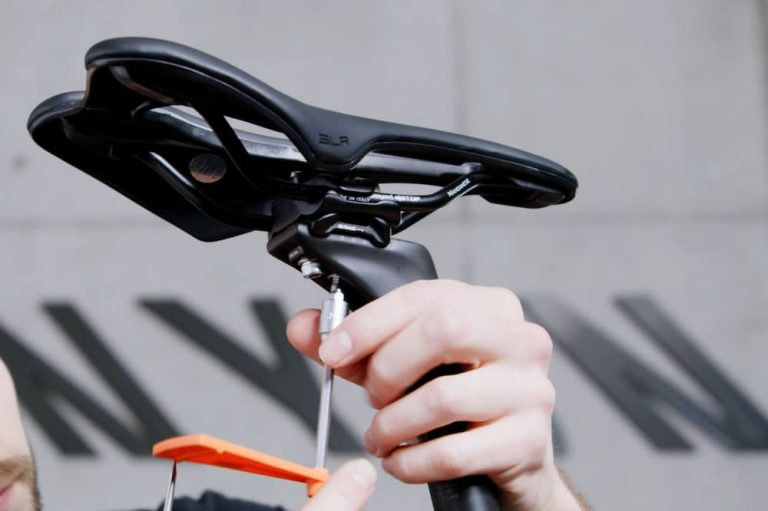
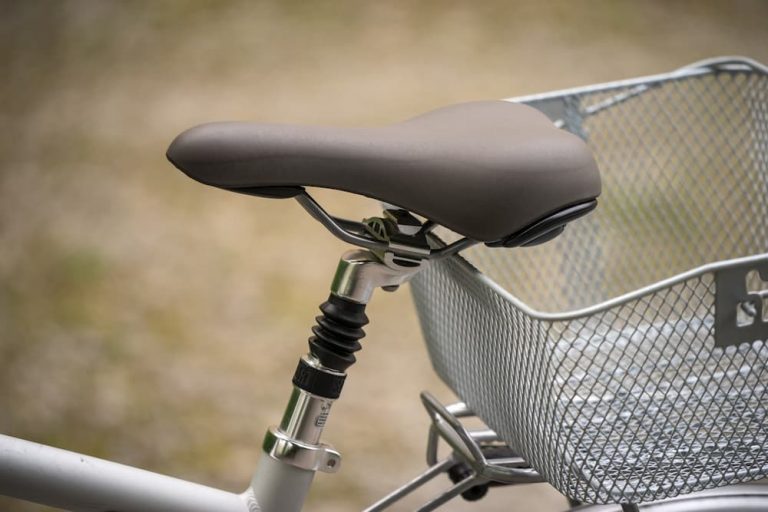
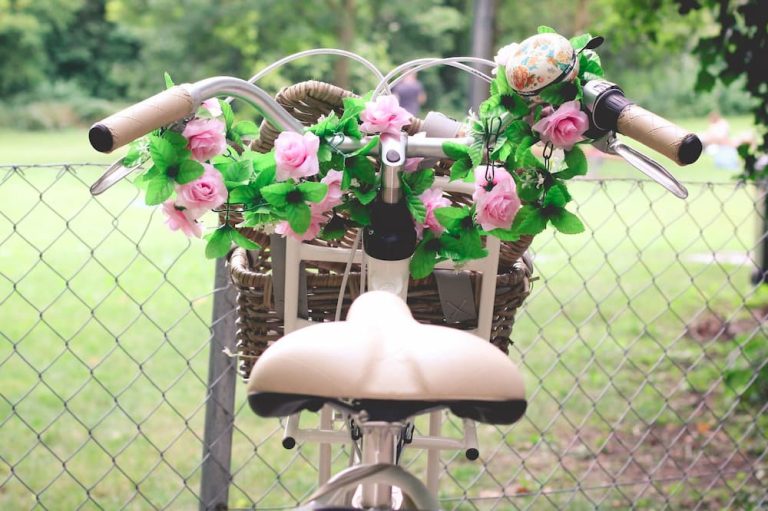
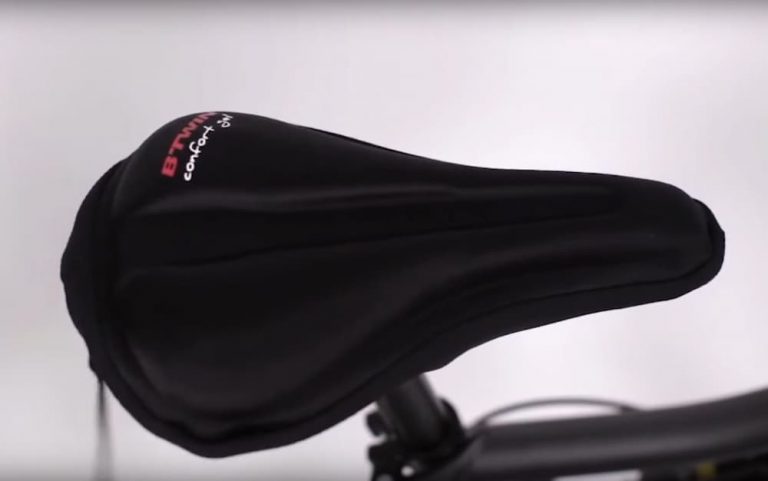
![Best Banana Seat For Bicycles Reviews & Buyer’s Guide [2023]](https://www.statecyclist.com/wp-content/uploads/2021/01/smiling-banana-768x512.jpg)
